Is pisciculture the same as aquaculture?
Struggling with industry jargon? Terms like aquaculture and pisciculture can be confusing. Let's clear up the confusion and define them so you can navigate the field like a pro.
No, they aren't the same. Pisciculture is the practice of fish farming, which is just one specific type of aquaculture. Aquaculture is the broader term for farming all aquatic life, including fish, crustaceans, mollusks, and aquatic plants. Think of pisciculture as a specialty within the larger field.
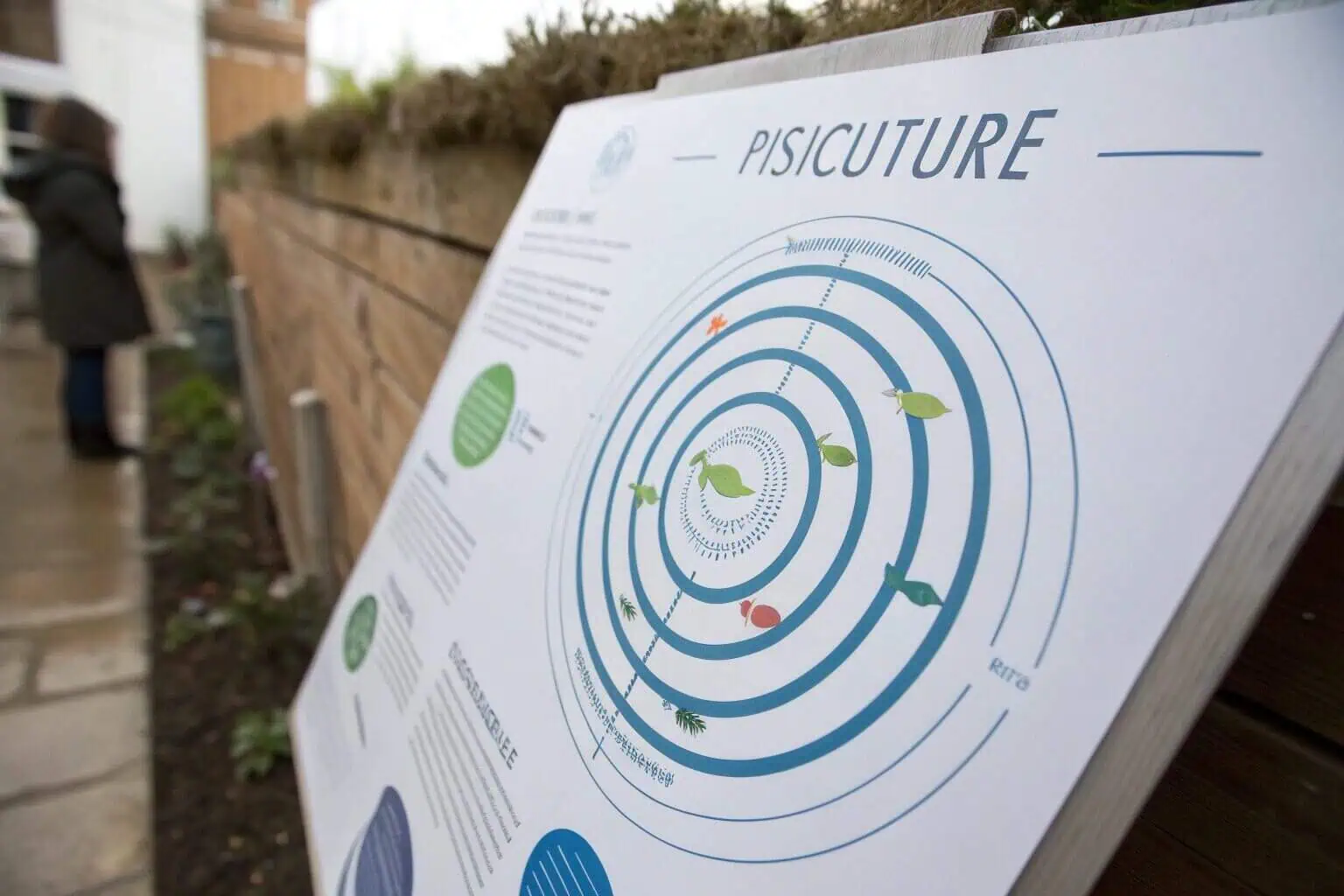
Now that I've laid out the basic difference, you might be wondering about the specifics. As someone deep in this industry, I can tell you that understanding this distinction is more than just semantics—it affects everything from your business plan to the equipment you buy. It's about making informed decisions that lead to success. Let's dive deeper into what sets these two practices apart and explore the vast world of aquatic farming. This knowledge is the first step toward building a thriving operation.
What is the difference between pisciculture and aquaculture?
Are you choosing the right farming method for your goals? Using the wrong term can lead to costly mistakes in equipment and strategy. Let's break down the precise differences.
The main difference is scope. Aquaculture is the comprehensive farming of all aquatic organisms. Pisciculture is exclusively fish farming. This distinction is crucial for defining project goals, selecting technology like specialized fish tanks, and communicating effectively with suppliers and customers in the industry.
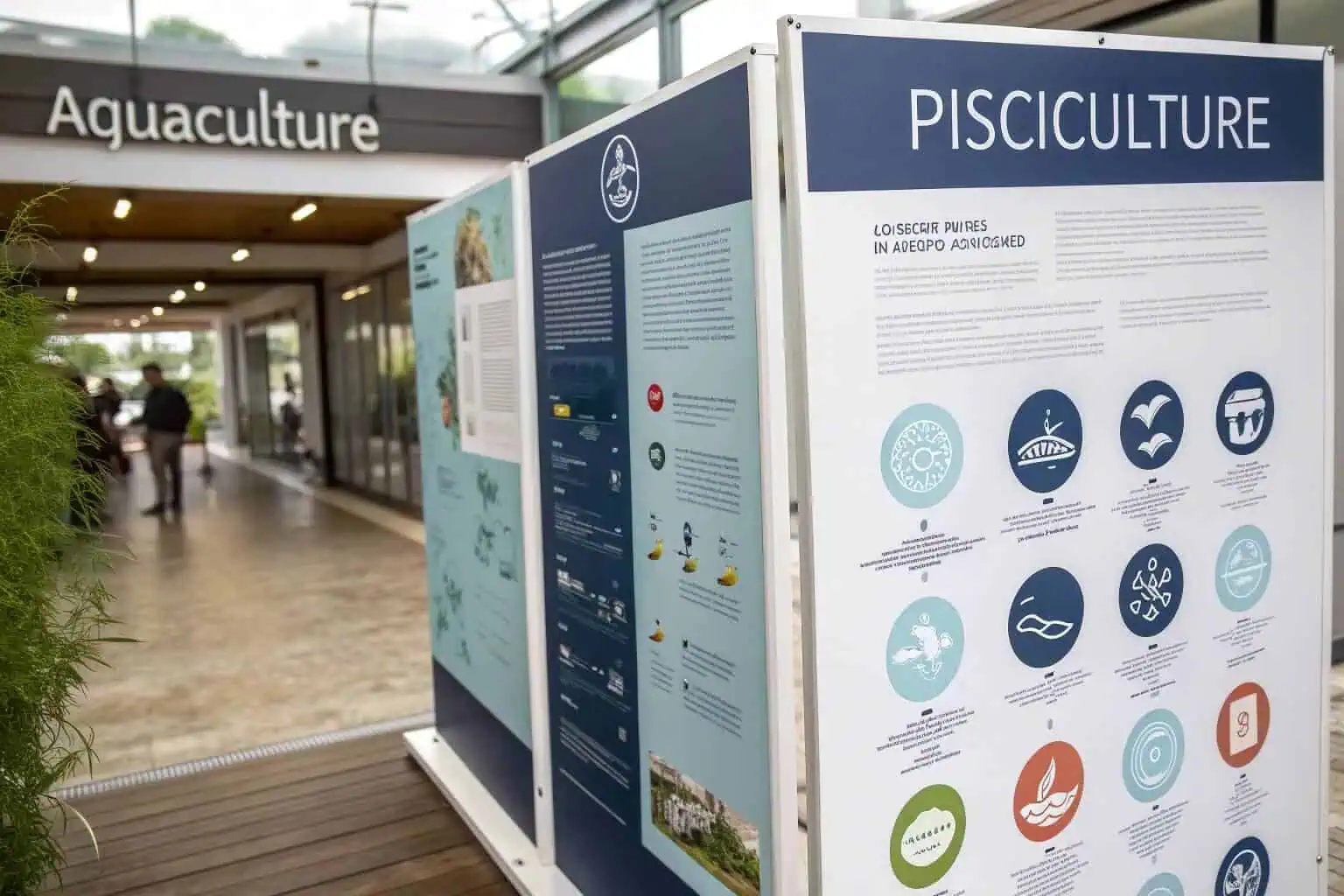
From my experience, getting this right from the start saves a lot of headaches. When I first started, I used the terms interchangeably, which led to some confusing conversations with suppliers. Once I grasped the difference, I could communicate my needs with much more clarity. For instance, when I needed a flexible solution for a new tilapia project, I knew to look for equipment specifically designed for fish farming, or pisciculture1. That’s how I discovered products like Bancy's collapsible fish tanks, which are perfect for these kinds of focused projects. Understanding the terminology helps you zero in on the right tools for the job.
Scope of Organisms
The clearest way to see the difference is by looking at what is being farmed. Aquaculture2 is a big umbrella. It covers everything from salmon and shrimp to oysters, clams, and even seaweed. If it lives in water and you're farming3 it, it falls under aquaculture. Pisciculture, on the other hand, zooms in on just one of those categories: fish. It's all about the breeding, raising, and harvesting of fish species.
Practical Implications
This difference in scope has real-world consequences. An aquaculture operation focused on seaweed has completely different needs than a pisciculture operation for catfish. The former might need lines and buoys, while the latter needs ponds or tanks, aeration systems, and specific feed. When you approach a company like mine, Bancy, and say you need a solution for pisciculture, I know immediately that you're talking about fish. We can then discuss options like our galvanized sheet fish tanks or collapsible plastic fish tanks that are durable and easy to set up for exactly that purpose.
| Feature | Aquaculture | Pisciculture |
|---|---|---|
| Definition | Farming of all aquatic organisms4 | Farming of fish only |
| Scope | Broad (fish, shellfish, algae, etc.) | Narrow (fish) |
| Example | Shrimp farming, oyster cultivation | Tilapia farming, salmon breeding |
| AKA | Aquafarming | Fish Farming |
What is another name for aquaculture?
Looking for related terms? Sometimes, industry jargon uses different names for the same practice. Knowing these synonyms helps in research, networking, and clear communication with partners globally.
Aquaculture is often called 'aquafarming.' While 'aquaculture' is the more technical and widely accepted term, 'aquafarming' is a common synonym that clearly communicates the concept of farming in water. Both terms refer to the cultivation of aquatic plants and animals.
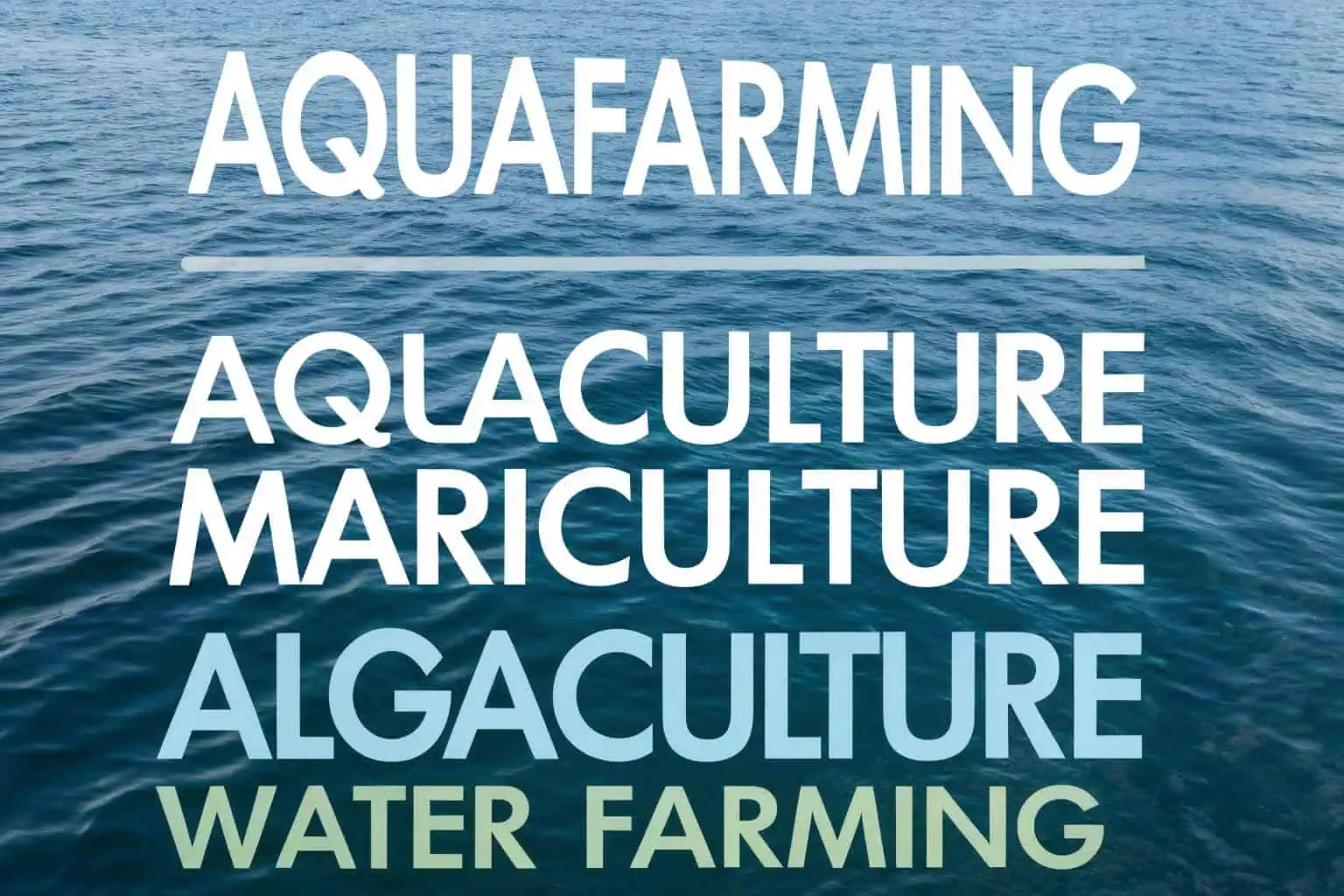
Knowing the different terms used in our industry is incredibly helpful, especially when dealing with international clients or reading technical reports. While 'aquaculture' is the standard, I've found that 'aquafarming' is often used in more general or commercial contexts, making it very accessible. However, the terminology can get even more specific, which is where the real details lie. Understanding these specialized terms5 allows for much more precise conversations about project needs, environmental conditions, and the right type of equipment required for a specific setup. It’s a level of detail that separates the amateurs from the professionals.
Common Synonyms
'Aquafarming6' is the most direct and easily understood synonym for aquaculture. It breaks the word down into its core components: 'aqua' for water and 'farming' for cultivation. I find it's a great term to use when explaining what I do to people outside the industry. It's descriptive and avoids the slightly more academic feel of 'aquaculture'.
Specialized Terminology
Beyond general synonyms, there are more specific terms that describe different types of aquaculture. These are important to know as they define the environment where the farming takes place. For example, 'mariculture' refers specifically to aquaculture practiced in marine environments, such as oceans, bays, and estuaries. This is where you'll find oyster and seaweed farms. On the other hand, there's freshwater aquaculture, which takes place in rivers, lakes, and ponds.
| Term | Meaning | Environment |
|---|---|---|
| Aquafarming | A common synonym for aquaculture | All water types |
| Mariculture7 | Farming of marine organisms | Saltwater |
| Algaculture8 | Farming of algae | Saltwater or Freshwater |
What is another name for pisciculture?
Is there a simpler way to say pisciculture? This technical term has a more common counterpart. Let's learn it to make your conversations smoother and more direct.
Pisciculture is most commonly known as 'fish farming.' This is the direct, everyday term for the commercial breeding and raising of fish in controlled environments like ponds, tanks, or enclosures. 'Fish farming' is more widely understood by the general public and new entrants to the industry.
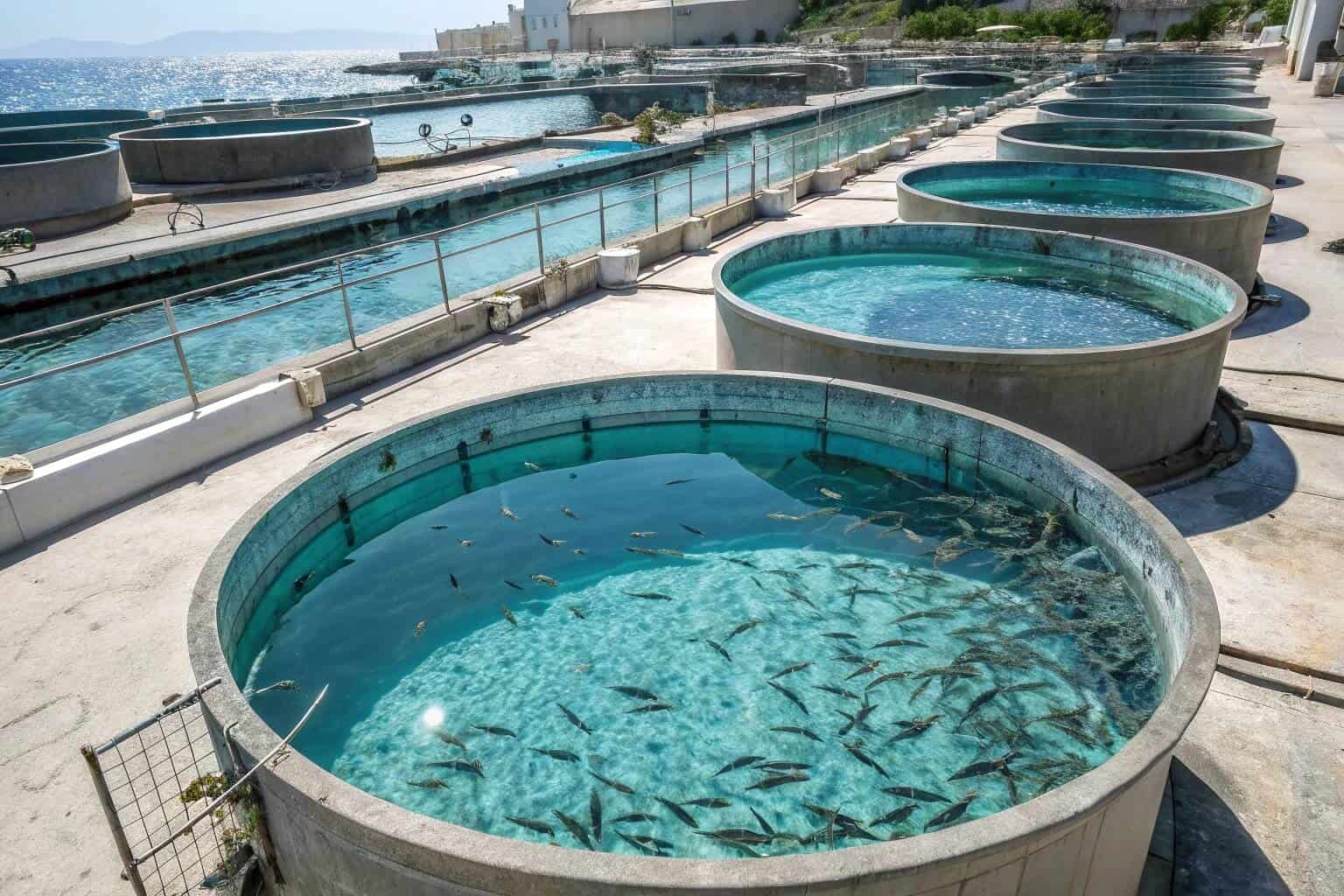
In my day-to-day work at Bancy, I almost always use the term 'fish farming' when talking to new clients. It's simple, direct, and everyone gets it immediately. When a customer calls and says they're interested in 'fish farming,' I know exactly what they need: a reliable, efficient way to raise fish. This allows me to quickly recommend our products, like the GALVANIZED PIPE FISH TANK9, which is a robust and corrosion-resistant option. Using the right language builds trust and makes the process smoother for everyone involved. It shows that we understand their world and are focused on practical solutions, not just academic terms.
Scientific vs. Common Terms
'Pisciculture10' is the term you're more likely to see in a scientific paper, a university textbook, or a government report. It has a formal, academic tone. 'Fish farming,' however, is the term of the trade. It's what you hear on the farm, at trade shows, and in business meetings. It's practical and grounded. I think of it this way: scientists study pisciculture11, but we do fish farming. Both terms are correct, but they are used in different contexts.
When to Use Each Term
Choosing between "pisciculture" and "fish farming" depends on your audience and context. "Pisciculture" is the formal, scientific term suitable for academic or technical settings, while "fish farming" is more accessible for general audiences, marketing, and training. Tailoring language is crucial for effective communication.
| Term | Formality Level | Appropriate Contexts | Examples of Use | Benefit of Using the Term |
|---|---|---|---|---|
| Pisciculture | Formal, Technical | Research proposals, scientific conferences | Technical spec sheets | Shows knowledge of formal terminology, suitable for experts |
| Fish Farming12 | Accessible, Relatable | Marketing brochures, staff training, websites | Customer conversations | More accessible and relatable for general audiences |
| Strategic Use13 | Audience-Dependent | Varied contexts based on target audience | Bancy's technical spec sheets vs. website/conversations | Tailors language for maximum effectiveness and understanding |
What are two types of aquaculture?
Ready to explore the world of aquafarming? It's more than just fish. Discovering the different types can open up new business opportunities you hadn't considered before.
Two major types of aquaculture are mariculture and freshwater aquaculture. Mariculture involves farming marine organisms in saltwater environments, like oceans or saltwater tanks. Freshwater aquaculture focuses on species that live in rivers, lakes, and ponds. Each type requires different techniques and equipment.
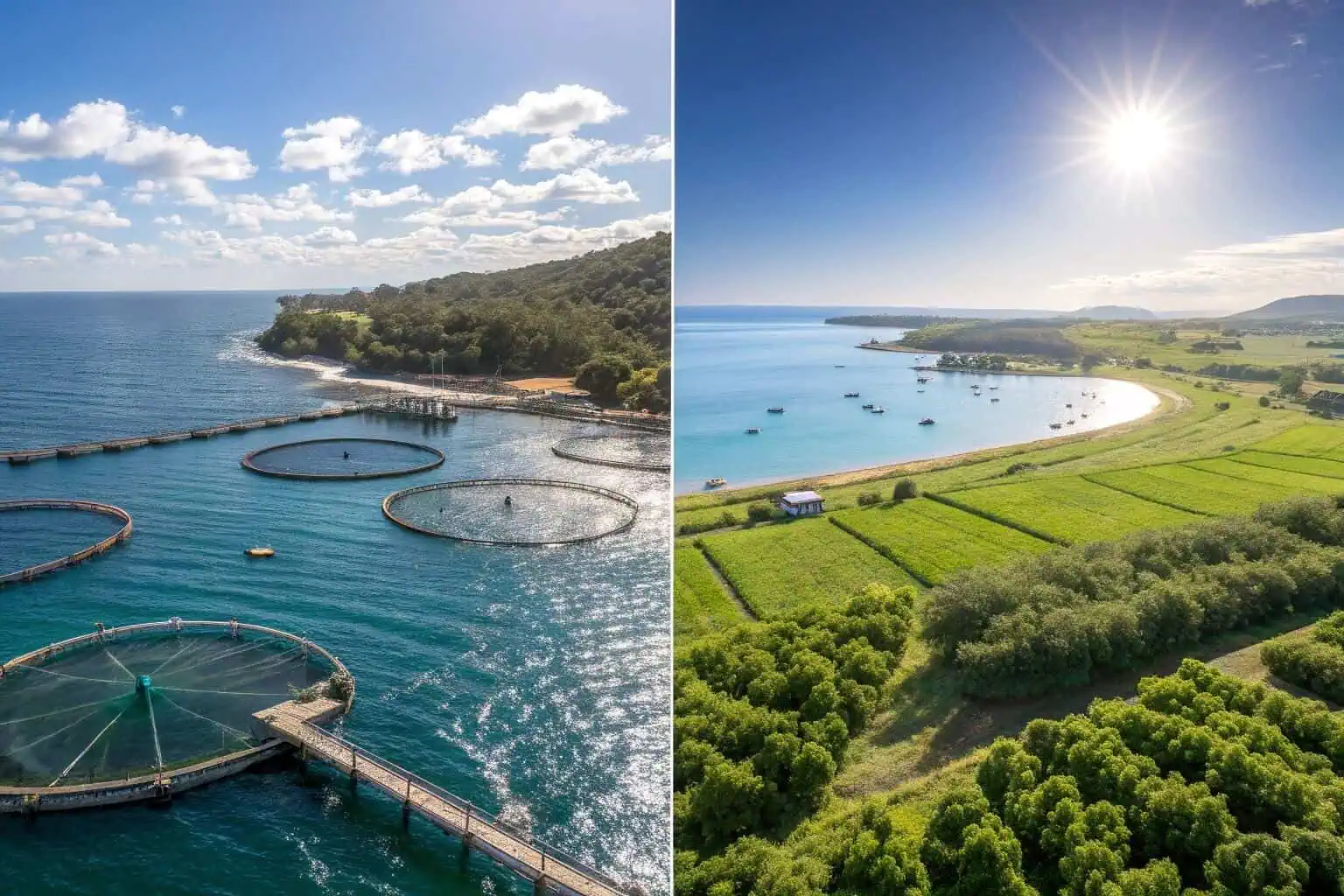
Exploring these different types of aquaculture has been a fascinating part of my career. While my focus has often been on freshwater fish farming, I've worked with clients in all areas. This has given me a broad perspective on the unique challenges and opportunities each type presents. For example, a mariculture project for mussels14 has to contend with tides and ocean currents, while a freshwater tilapia farm is more concerned with water filtration and temperature control in a closed system. This is why having versatile equipment is so important. Our COLLAPSIBLE PLASTIC FISH TANK15 can be a great fit for certain small-scale freshwater or even some contained brackish water setups, offering flexibility that permanent structures can't.
Mariculture: Farming the Sea
Mariculture is all about harnessing the ocean. This is where we get a huge amount of seafood, including oysters, mussels, clams, and marine fish like salmon (often raised in ocean net pens). It also includes the farming of seaweed16, which is a massive industry for food, cosmetics, and other products. The scale can be enormous, with farms stretching for miles offshore. The challenges are significant, including storms, predators, and maintaining water quality in an open environment.
Freshwater Aquaculture: Inland Opportunities
This is the most common type of fish farming globally and the one I have the most hands-on experience with. It involves raising species like tilapia, catfish, carp, and trout in ponds, rivers, and tanks. Because it's done in more controlled environments17, we have more command over variables like water quality, temperature, and feeding. This is where equipment like Bancy's GALVANIZED SHEET FISH TANK truly shines. It provides a durable, rust-resistant, and controlled environment perfect for ensuring the health and optimal growth of freshwater species.
Brackish Water: The In-Between
Brackish water aquaculture represents a distinct category, occurring in estuaries and coastal ponds where freshwater and saltwater mix. This environment is suitable for species like shrimp, prawns, and milkfish18, presenting unique challenges that combine aspects of both marine and freshwater systems.
| Category | Location of Aquaculture | Environment Type | Suitable Species Examples | Unique Characteristics/Challenges |
|---|---|---|---|---|
| Brackish Water Aquaculture19 | Estuaries or coastal ponds | Freshwater from rivers mixes with saltwater from the ocean | Shrimp, prawns, certain types of fish like milkfish | Combines challenges from both marine and freshwater systems |
Conclusion
In short, knowing the difference between aquaculture and pisciculture is key. It empowers you to make smarter choices, communicate clearly, and find the right solutions for your farming needs.
-
Learning about pisciculture will provide you with essential insights into sustainable fish farming techniques. ↩
-
Explore this link to gain a comprehensive understanding of aquaculture, its practices, and its significance in sustainable food production. ↩
-
Learn about various farming methods and their environmental implications, which is essential for informed agricultural practices. ↩
-
Understanding aquaculture helps in grasping the broader scope of aquatic farming practices, including fish, shellfish, and algae. ↩
-
Discover a comprehensive glossary of specialized terms that will enhance your communication and understanding in the aquaculture industry. ↩
-
Explore this link to understand the advantages of Aquafarming and its impact on sustainable food production. ↩
-
Discover how mariculture contributes to marine biodiversity and sustainable seafood production by visiting this resource. ↩
-
Learn about the role of algaculture in promoting environmental sustainability and its potential benefits for the planet. ↩
-
Discover the advantages of galvanized pipe fish tanks, including durability and corrosion resistance, to make informed purchasing decisions. ↩
-
Learn about pisciculture's role in sustainable aquaculture and its significance in fish production. ↩
-
Find out how scientific research contributes to advancements in fish farming and aquaculture practices. ↩
-
Discover how fish farming can positively impact the environment and contribute to food security. ↩
-
Learn about the importance of strategic language use to enhance communication effectiveness in various contexts. ↩
-
Explore the unique challenges of mussel mariculture and how to effectively manage tides and ocean currents for successful farming. ↩
-
Discover how collapsible plastic fish tanks can enhance flexibility and efficiency in aquaculture setups, making them ideal for various environments. ↩
-
Discover the advantages of seaweed farming, including its uses in food and cosmetics, and its environmental benefits. ↩
-
Learn about the significance of controlled environments in fish farming and how they contribute to better growth and health of fish. ↩
-
Discover effective farming techniques for these species to enhance your aquaculture knowledge. ↩
-
Explore the advantages of brackish water aquaculture to understand its potential for sustainable seafood production. ↩